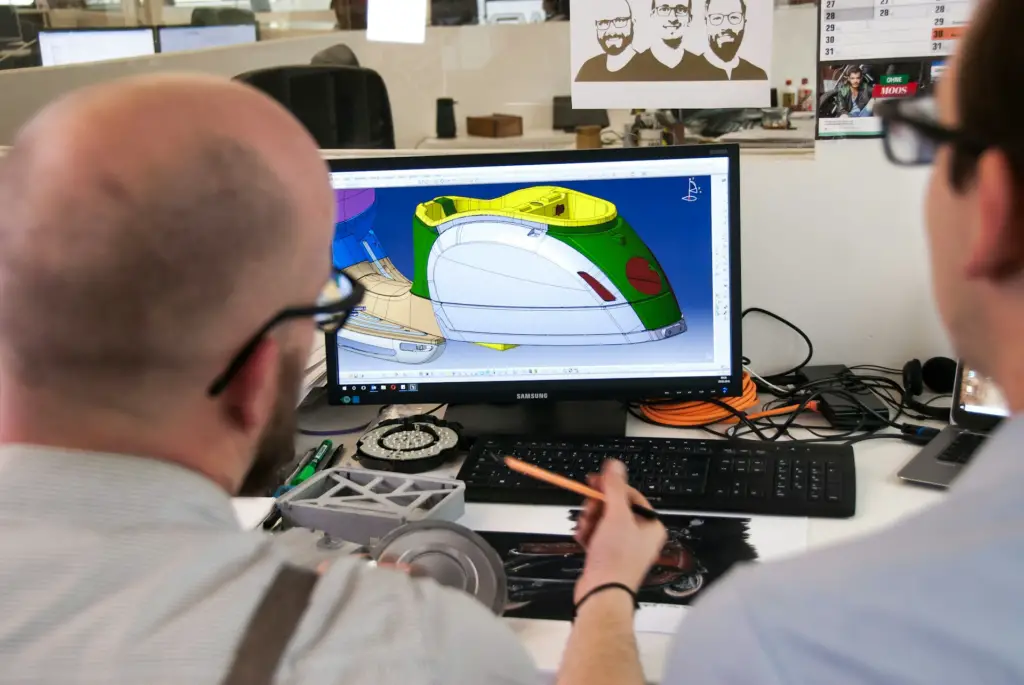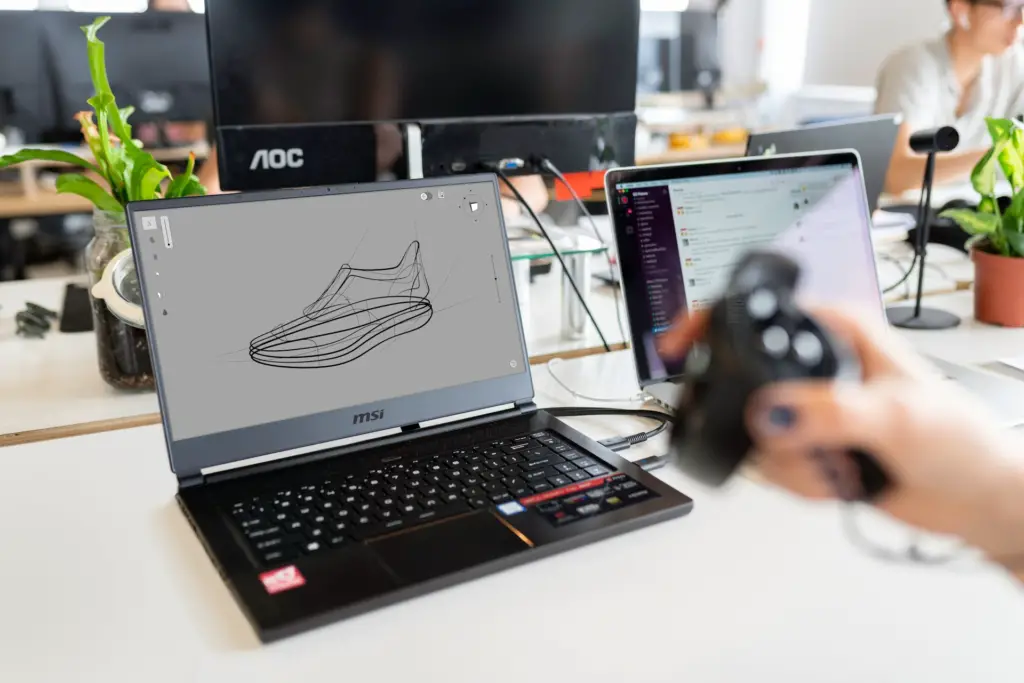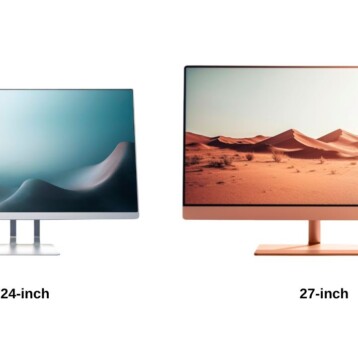
Hey there, fellow engineering enthusiasts! Today, let’s dive into the realm of mechanical design and explore how advanced cad mechanical solutions are revolutionizing the way we approach design challenges.
Understanding CAD: A Primer
In today’s fast-paced world of product development and innovation, efficiency and precision are paramount. That’s where advanced CAD solutions come into play. CAD, or Computer-Aided Design, refers to the use of computer technology to assist in the creation, modification, analysis, and optimization of a design. This shift from traditional manual drafting to digital design has transformed the landscape of engineering and design.
The Power of Visualization and Simulation
CAD solutions offer a plethora of tools and functionalities designed to streamline the mechanical design process and bring concepts to life with unparalleled accuracy. One of the key strengths lies in enhanced visualization and simulation capabilities. With CAD software, engineers can create detailed 3D models of their designs, allowing them to visualize every aspect and dimension with precision.
Elevating Mechanical Design with CAD
Let’s talk about how advanced CAD solutions, like CATIA Mechanical Designer, can elevate mechanical design to new heights. The conventional approach to mechanical design involved a series of manual drafting, physical prototypes, and time-consuming iterations. However, with CAD, the entire process becomes digital, empowering engineers to work more efficiently and make informed decisions at every stage of the design lifecycle.
Enhanced Visualization and Simulation Capabilities
CAD software enables engineers to create detailed 3D models of their designs, allowing them to visualize every aspect and dimension with precision. This not only provides a more realistic representation of the final product but also facilitates better communication among team members, stakeholders, and clients. Visualization is not just about aesthetics; it’s a powerful tool for conveying complex design concepts in a comprehensible manner.
Virtual Testing and Analysis: A Game Changer
Beyond visualization, CAD solutions enable engineers to conduct virtual testing and analysis. Simulating real-world conditions and scenarios allows for the identification of potential issues and optimization of performance before a physical prototype is even created. This not only saves time and resources but also ensures that designs meet the highest standards of quality and reliability. Virtual testing minimizes the need for costly physical prototypes, making the design process more cost-effective and sustainable.

Practical Applications: Bringing Designs to Life
CAD empowers engineers to iterate and refine designs rapidly. Need to adjust dimensions or test different materials? No problem. CAD allows you to make changes on the fly and evaluate their impact in real-time, empowering you to make informed decisions and optimize your design for performance and efficiency. The practical applications of CAD are vast, ranging from automotive and aerospace engineering to consumer electronics and industrial machinery.
The Collaborative Nature of CAD
But it doesn’t stop there. CAD solutions also facilitate collaboration and communication among multidisciplinary teams. With features like cloud-based collaboration and version control, engineers can work seamlessly across geographies and disciplines, ensuring that everyone is on the same page and that design iterations are managed efficiently. Collaboration in CAD is not just about working on the same project simultaneously; it’s about fostering a culture of shared innovation and knowledge exchange.
The CATIA Advantage: Unleashing Creativity and Innovation
Now, let’s dive deeper into why CATIA Mechanical Designer stands out among the crowd. As one of the leading CAD solutions in the industry, CATIA offers a comprehensive suite of tools specifically tailored for mechanical design. From parametric modeling and assembly design to advanced surface modeling and finite element analysis, CATIA empowers engineers to tackle even the most complex design challenges with confidence.
Trust and Reliability: CATIA in Action
CATIA has been trusted by leading companies in aerospace, automotive, and manufacturing industries for decades, thanks to its robust features, scalability, and reliability. The aerospace industry, in particular, relies heavily on CATIA for the design of aircraft components, ensuring precision and adherence to stringent safety standards. In the automotive sector, CATIA facilitates the creation of innovative vehicle designs and efficient manufacturing processes. Its application extends to various industries, making it a go-to solution for those seeking excellence in mechanical design.
Staying Ahead with CAD
In today’s fast-paced digital landscape, staying ahead of the curve is crucial. Advanced CAD solutions constantly evolve to adapt to emerging trends and technologies. From the rise of Artificial Intelligence (AI) and Machine Learning (ML) in design optimization to the integration of Augmented Reality (AR) for immersive design experiences, CAD is at the forefront of technological innovation in mechanical design.
Conclusion: Embracing the Power of CAD
In conclusion, advanced CAD solutions have revolutionized the way we approach mechanical design, offering a host of benefits that enhance productivity, accuracy, and collaboration. Whether you’re designing the next generation of automobiles or pioneering breakthroughs in aerospace technology, CAD solutions like CATIA Mechanical Designer are your ticket to success in the ever-evolving world of engineering and design.










